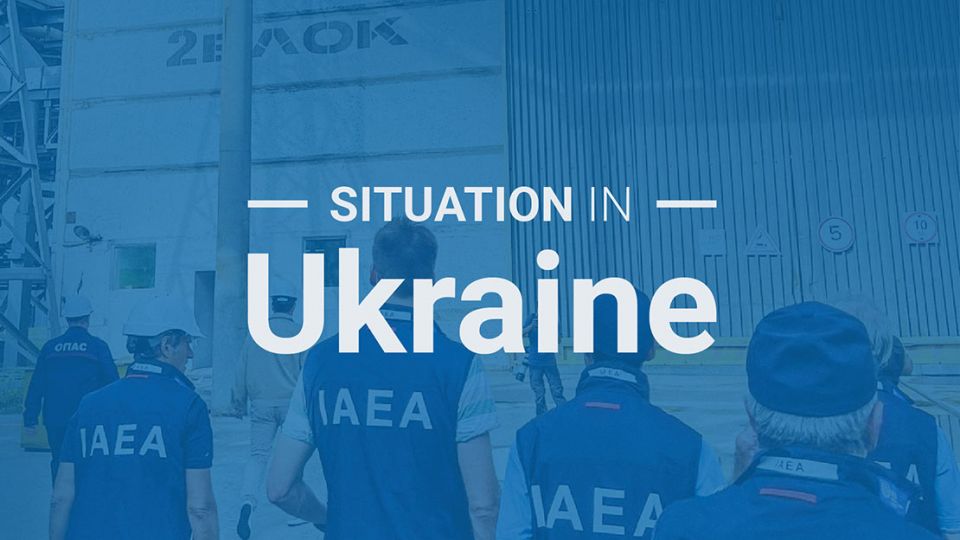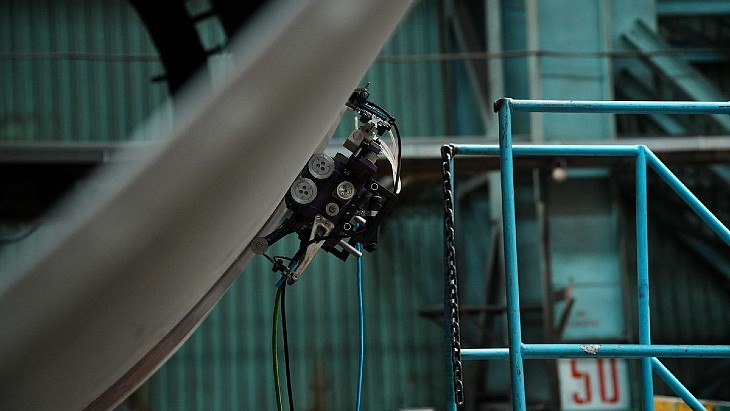IAEA: Zaporizhzhia shores up backup electricity sources
Ukraine’s Zaporizhzhia nuclear power plant has taken action to ensure an immediate supply of backup electricity at the site in case the main external power line is lost.
Amid Ukraine's ongoing military conflict with Russia, Zaporizhzhia has experienced frequent power cuts. Since August 2022, the plant has suffered eight events with a complete loss of off-site power, according to a statement from International Atomic Energy Agency director general Rafael Mariano Grossi.








.jpg)
